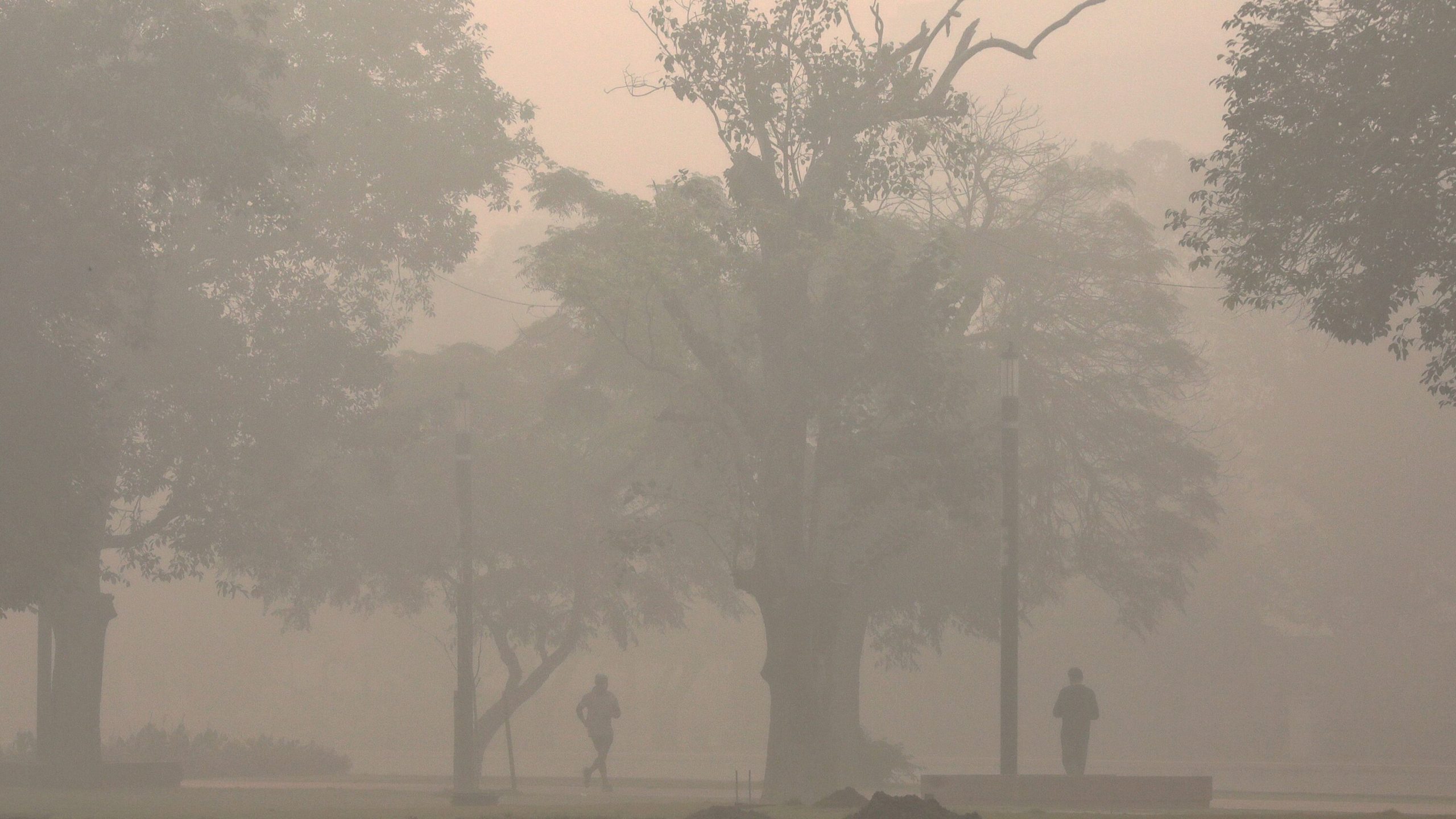Background:
Ambient particulate matter of aerodynamic diameter less than 2.5 microns PM2.5) levels in Delhi routinely exceed World Health Organization (WHO) guidelines and Indian National Ambient Air Quality Standards (NAAQS) for acceptable levels of daily exposure. Only a handful of studies have examined the short-term mortality effects of PM in India, with none from Delhi examining the contribution of PM2.5.
Objectives:
We aimed to analyze the association between short-term PM2.5 exposures and daily nonaccidental mortality in Delhi, India.
Methods:
Using generalized additive Poisson regression models, we examined the association between daily PM2.5 exposures and nonaccidental mortality between June 2010 and December 2016. Daily exposures to PM2.5 were estimated using an ensemble averaging technique developed by our research group, and mortality data were obtained from the Municipal Corporations of Delhi and the New Delhi Municipal Council.
Results:
Median exposures to PM2.5 were 91.1 µg/m3 (interquartile range = 68.9, 126.2), with minimum and maximum exposures of 21.4 µg/m3 and 276.7 µg/m3, respectively. Total nonaccidental deaths recorded in Delhi during the study period were 700,512. Each 25 µg/m3 increment in exposure was associated with a 0.8% (95% confidence intervals [CI] = 0.3, 1.3%) increase in daily nonaccidental mortality in the study population and a 1.5% (95% CI = 0.8, 2.2%) increase in mortality among those with 60 years of age or over. The exposure-response relationship was nonlinear in nature, with relative risk rising rapidly before tapering off above 125 µg/m3. Meeting WHO guidelines for acceptable levels of exposure over the study period would have likely averted 17,526 (95% CI = 6,837, 25,589) premature deaths, with older and male populations disproportionately affected.
Discussion:
This study provides robust evidence of the impact of short-term exposure to PM2.5 on nonaccidental mortality with important considerations for various stakeholders including policymakers and physicians. Most importantly, we find that reducing exposures significantly below current levels would substantially decrease the mortality burden associated with PM2.5.


